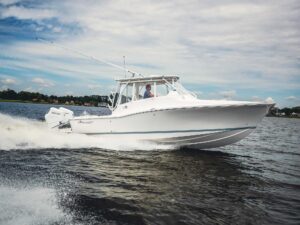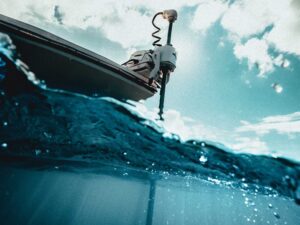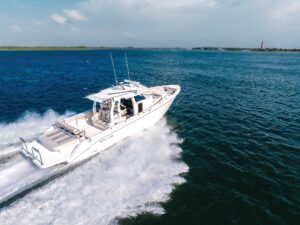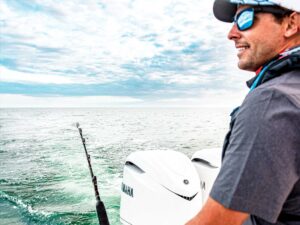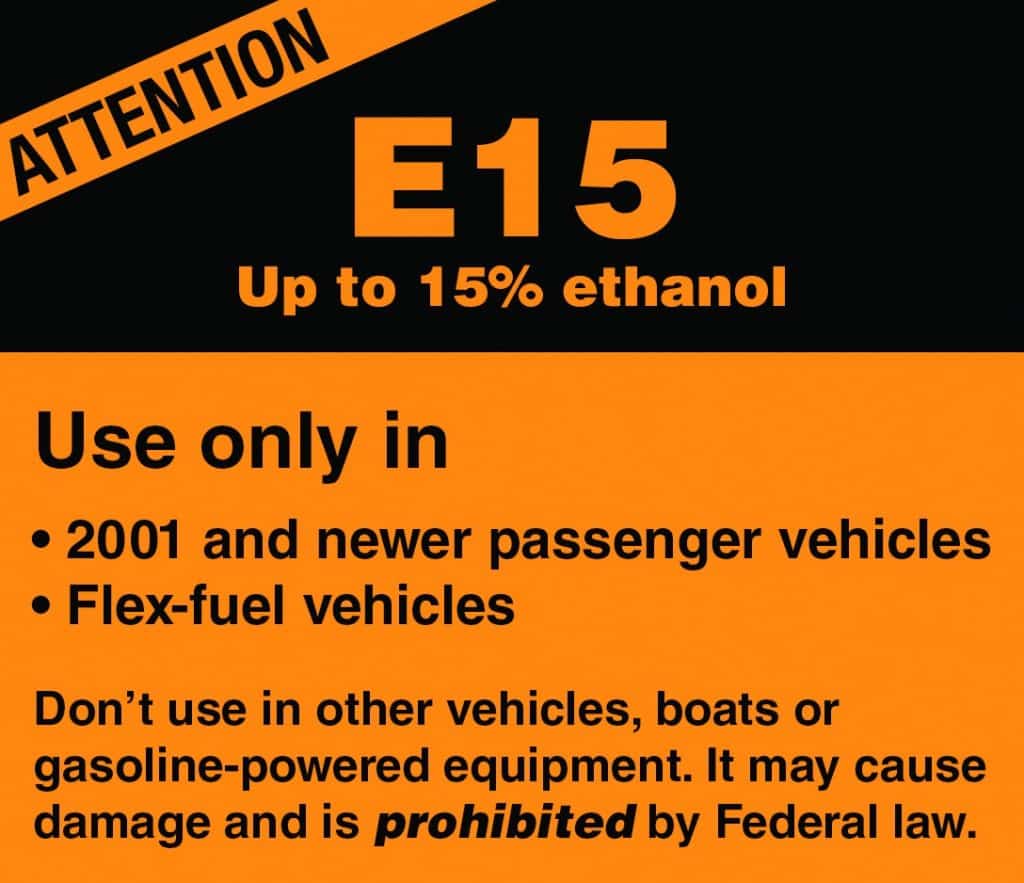
E15
Launch ramps in 2014 could become very lonely places.
That might sound good for those of you who eschew long lines but, unfortunately, if you own an outboard boat, you’ll be among those not at the ramps — when you’re unable to find (or afford) usable fuel.
Ethanol, a gasoline additive made from corn, is currently blended into gasoline at a 10 percent level. After some years of angst, adjustments and damaged outboard engines, the recreational fishing-boating community is living, if unhappily, with that much ethanol.
But for several years, we’ve also lived under a federal sword of Damocles — that of increasing ethanol levels to 15 percent (and higher). The general consensus is that boaters cannot live with that, since our engines won’t survive that level of ethanol.
The Environmental Protection Agency waived that increase again this year, but odds are it won’t, and in fact, under federal law can’t do so again in 2014.
The bottom line is either that federal law is changed or revoked by Congress, and soon; if not, our sport and its multibillion-dollar industries are in for some difficult times.
“That federal law” is the Renewable Fuel Standard of 2005. With the best of intentions, lawmakers felt that gradually increasing the proportion of renewable fuels to gasoline would help resolve one of our biggest concerns at that time: reliance on foreign petroleum.
So the RFS mandated that such fuels be blended into gasoline. Though ethanol is only one such alternative fuel — in fact, it owns about 90 percent of the RFS market. So we’re talking huge dollars — a tremendous boon to farm belt states where most corn is grown. Most legislators from those states will tell you ethanol is great, and the more the better. I’m not sure a lot of those legislators are avid anglers who run their own outboard boats.
In any case, what really makes the RFS a huge problem is the way it was set up. Keep in mind that, at the time, never ever had gasoline usage in this country done anything but go up, up, up, year after year. So the law specified how many gallons of ethanol each year would be added to gasoline.
Oops. In 2008, our gasoline consumption started trending down for the first time. Had the RFS specified a percentage to total gasoline use, we probably wouldn’t be in the present bind. But who knew that our thirst for gas would decrease?
So now, in order to ensure that oil refiners buy up the gallons of ethanol from farm states as required by law, our declining gasoline usage requires a greater percentage of ethanol (like 15 percent, or more) be added to gasoline.
This year, the RFS has nearly 40 percent of our total corn crop going into fuel, an amount set to keep increasing.
Since we have now met all the oil-independence goals originally set when the RFS was established, why have we kept such a problematic law? “To please a well-organized farm lobby, which collects most of the money consumers are forced to waste,” says USA Today in an editorial (August 18, 2013).
The same editorial adds that it’s time for Congress to “repeal the law entirely. There are no awards for bad laws. Only negative consequences.”
Attempts at repealing this bad law have failed in previous years, thanks largely to the power of corn growers. The EPA is unlikely to grant a further waiver for 2014, and is expected to require an E15 blend for 2014. Displeasure with this law is widespread in many quarters (including not only nearly all facets of boating and fishing industries, but environmentalists, automakers, oil refiners and other groups).
For our part, we can support the National Marine Manufacturers Association’s current campaign to change the ethanol mandate by taking about 60 seconds to make our voices heard to end the madness.
Let’s hope such efforts finally have the traction needed for such a repeal. I’d hate to see launch ramps become obsolete.

